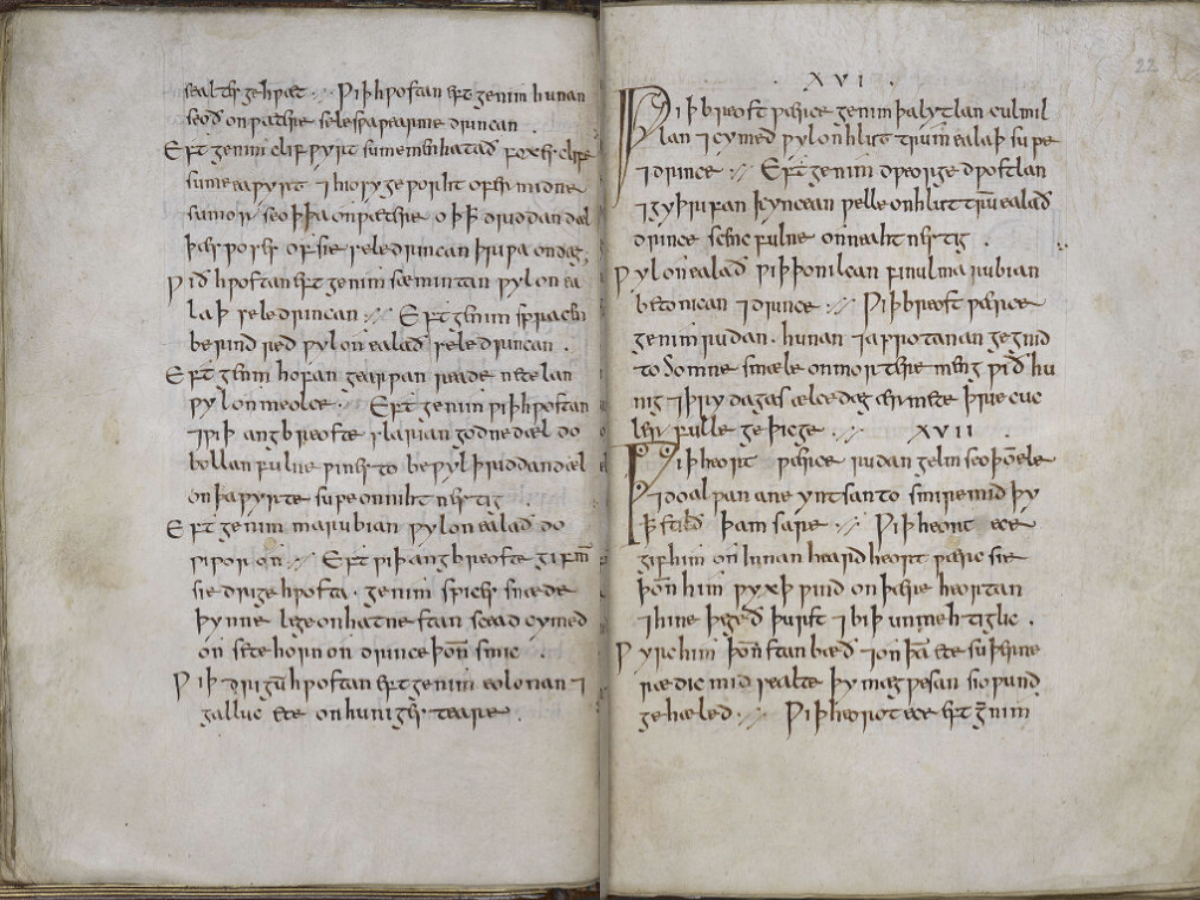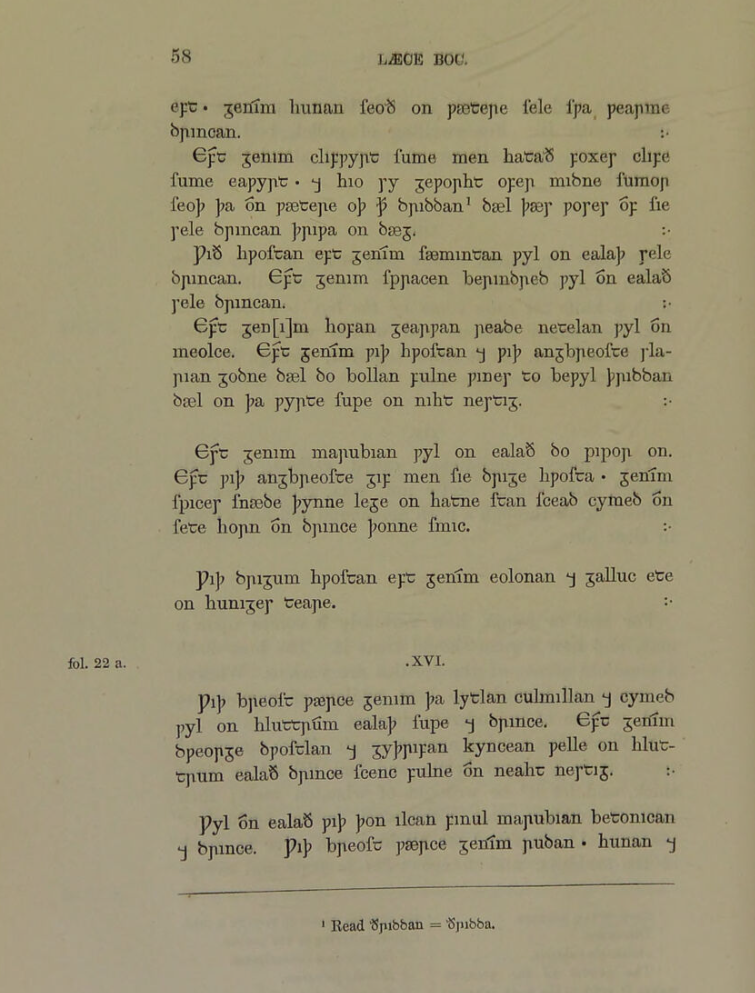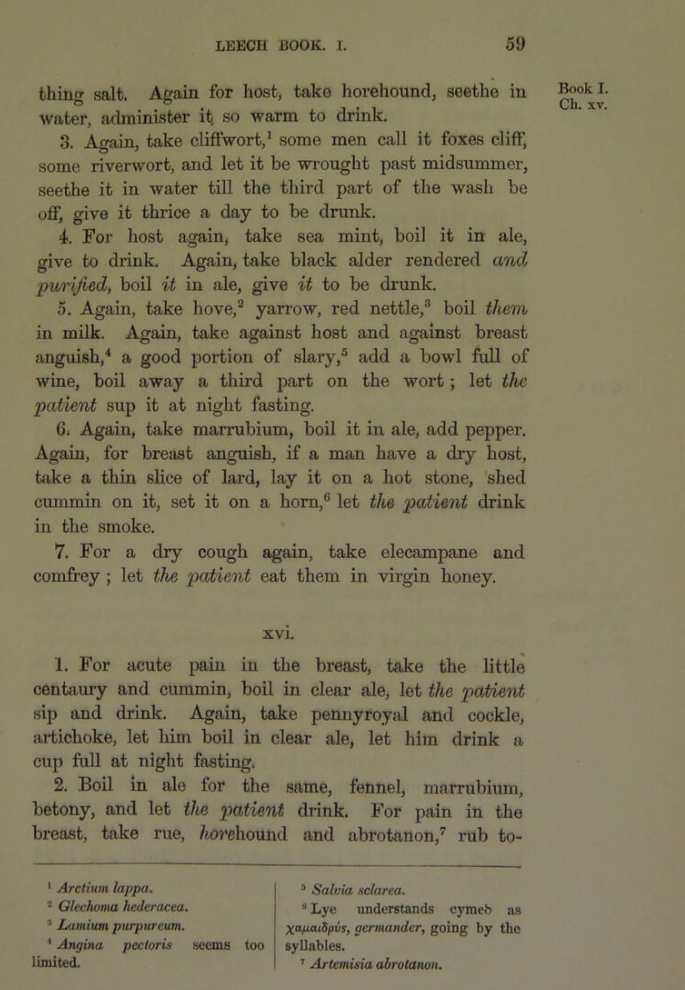How were Pharmacy First conditions treated 1,000 years ago?

Pharmacy First has been running for nearly a year after its launch on January 31, allowing community pharmacy to treat seven common conditions.
But have you ever wondered how these conditions, and other common illnesses, were treated in the past?
Read more: ‘Weird and wonderful tales’ of Pharmacy First
Take yourself back to early medieval times more than 1,000 years ago - the era of the Anglo-Saxons when most people lived off the land as farmers.
There were no high streets where community pharmacies could be found, but there’s plenty of evidence that “medical remedies, recipes, diagnostic guides and charms” were used to treat conditions during this period.
C+D has looked at one of the “most complete texts” from this period that shares some of these treatments, a manuscript called ‘Bald’s Leechbook’ that is held in the British Library.
Read more: ‘I wasn’t expecting temazepam from 1987!’
According to the British Library’s medieval manuscripts curator Calum Cockburn, based on the type of handwriting and features of the script, it was written in the mid-10th century and potentially in the range between the years 930-970.
Despite being over a thousand years old, some of the remedies are still proven to be effective.
Read more: Old school health issues stage a comeback
One of its most high-profile successes is a recipe for an eye infection that researchers at the University of Nottingham found could kill the superbug Methicillin-resistant Staphylococcus aureus (MRSA) - “one of the most antibiotic-resistant bugs costing modern health services billions” - in 2015.
Using the 19th century translation of ‘Bald’s Leechbook’ by Oswald Cockayne, C+D checks out the remedies and guides to treating some of the Pharmacy First conditions and other common ailments in the 10th century.
Headaches, coughs and colds
While these three conditions are not among the seven clinical pathways for the Pharmacy First service, Cockayne’s translation offers an interesting insight into some measures you can take to deal with headaches, coughs and colds.
“Against mickle cold; take nettles, seethe them in oil, snear and rub all thine body therewith: the cold will depart away,” the Leechbook says.

For headaches, a few different treatments are mentioned including mixing wine, vinegar and honey together, using dill “seethe[d] in oil”, or for a “very old head ache; take salt and rue, and a bunch of ivy berries, pound all at once, add honey” – with directions to “smear the temples” for the application of all of them.
A “simpler treatment” using vinegar with prussic acid was also mentioned to be “practical”, while another recommends the patient “burn a dogs head to ashes, snip the head; lay on”.
And for coughs, the use of honey was advocated for in some remedies just as we use it today in hot drinks to deal with the illness.
Read more: Astropharmacy: taking medication into space is not as simple as it seems
Cockayne’s translation says “for a dry cough again, take elecampane and comfrey; let the patient eat them in virgin honey” and for another cough remedy, “boil marrubium in water, a good deal of it, sweeten a little, give the man to drink a cup full”.
“Again boil marrubium strongly in honey, add a little butter, give three or four bits for the man to eat; at night fasting let him sup up a cup full of the former drink warm therewith.”
Shingles, plus insect and nosebleed treatment
Bald’s Leechbook has a lengthy remedy to treat shingles, which uses the rind of trees boiled with unfermented beer alongside a long list of plants to be added to the mixture.
“Let him drink the draught and none other liquid for ten nights, for thirty if he can endure it,” Cockayne’s translation says.

The remedy adds: “Let him eat neither new cheese, nor fresh goose, nor fresh eel, nor fresh pig, nor aught of that which cometh of a decoction, nor fishes without shells, nor web footed fowls; if he eat any of these, let it be salted, and by no means let him drink beer, and wine and ale moderately.
“If this leechdom be followed then shall the man be hole.”
Read more: Pharmacist becomes freeman of London
C+D could not find remedies for the two pathways of infected insect bites and sinusitis, but Bald’s Leechbook had some interesting mixtures to deal with “insects in ears” and “if blood run from a mans nose too much”.
For the former, Cockayne translates: “Take juice of green earthgall, or juice of horehound, or juice of wormwood, whatsoever of these thou mayest wish, pour the juice into the ear, that draweth the worm out.
Read more: Pharmacies to relocate to heritage Victorian building turned healthcare hub
“Work a salve thus; pound sinfull and latherwort and leek, then place them in a glass vessel with vinegar, and wring through a cloth, drip the moisture on the ear.”
For bloody noses, “take green betony and rue, pound them in vinegar, twist them together like as it might be a sloe, poke it into the nose” and for “a blood stopper; eat the netherward part of bishopwort or drink it in milk”.
Do you know of any old homemade recipes or remedies that used to be mixed together to deal with common conditions? Let us know in the comments.







Please sign in or register for FREE
If you are a registered user on C+D Community, please sign in